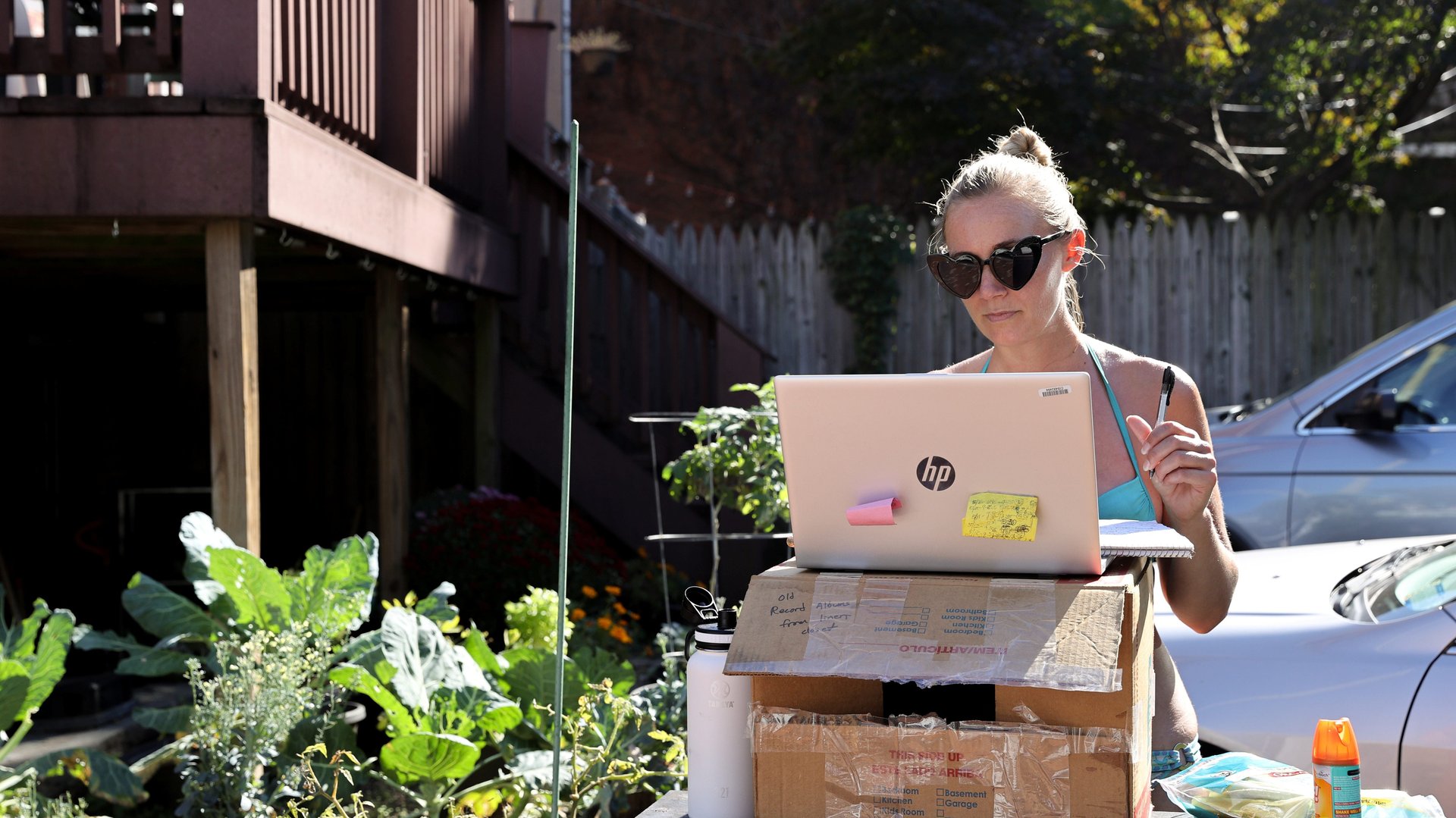Working from home could soon mean working from someone else’s home
Working from home is not always going to be, literally, working from home.


Working from home is not always going to be, literally, working from home.
A new report from Upwork, a freelancing platform, found that 22% of those who plan to work remotely post-pandemic are planning to work away from home at least part of the time. More than a quarter said they plan to work in a co-working space, while nearly as many people said they plan to work from a coffee shop, restaurant, or cafe.
Public spaces will be increasingly utilized, too, as 17% plan to work from a library or other indoor public place, and 17% plan to work at a park or other outdoor area.
Of course, pre-pandemic, remote workers often worked in settings outside of their home, but now their options will have expanded. For instance, some 14% of those planning to work remotely expect to work from someone else’s home. It’s a surprising stat that illustrates how the options for remote workers have evolved.
Remote workers—with friends
Before the pandemic, if you were a remote worker, you probably didn’t have many other remote-working friends. But now, you may have several, so deciding on a Wednesday to co-work at one person’s house could soon be a normal occurrence, says Adam Ozimek, Upwork’s chief economist. Similarly, pre-pandemic, if you were a remote freelancer in a small town, you might have been one of the few people working from home there, says Ozimek. But post-pandemic, a co-working space might open up, or a local coffee shop might start catering to remote workers during the week.
As the remote workforce grows, it is “expanding the choice of options for people,” Ozimek says.
Work from anywhere
Upwork’s survey is based on March responses from 1,000 US-based Upwork remote freelancers and February responses from 1,000 US-based adults who plan to work remotely post-pandemic.
For the Upwork freelancers, a proxy for experienced remote workers who are more likely to venture outside of the home office, the most popular choice outside of working from home was a coffee shop, restaurant, or hotel, where 21.1% of remote freelancers worked sometimes before the pandemic. The second most popular option: co-working spaces, where 16.6% worked pre-pandemic.